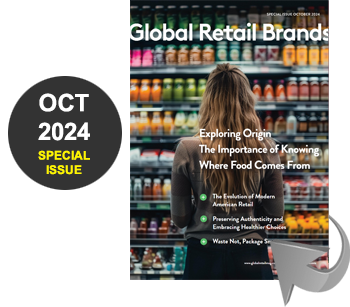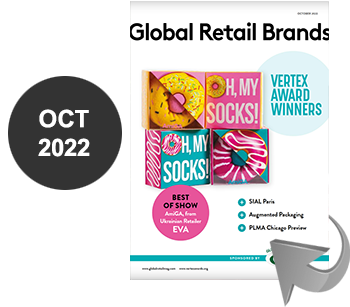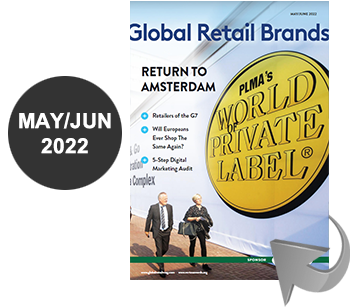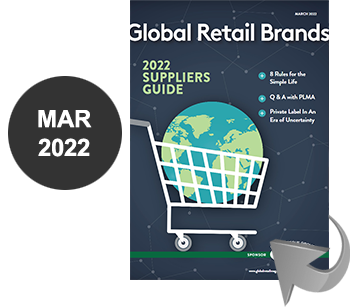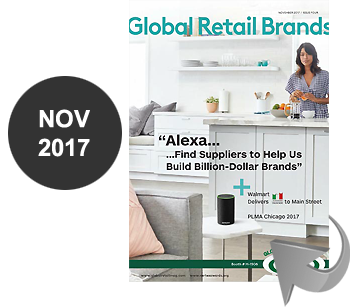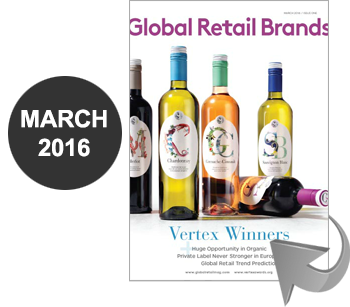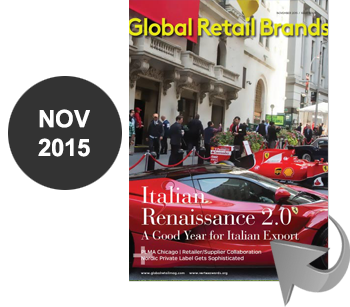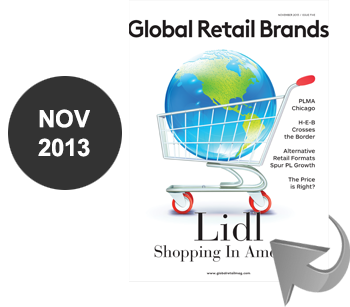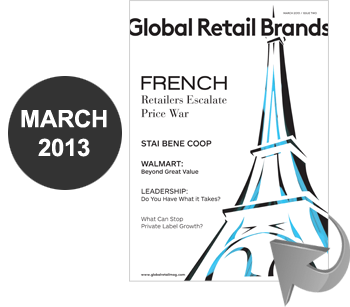 By Jean-Pierre Lacroix, President, Shikatani Lacroix
By Jean-Pierre Lacroix, President, Shikatani Lacroix
Retailers and marketers face a new set of opportunities thinly veiled as challenges. Looking at the glass half empty perspective – the challenges – today’s grocery shopper faces a complex (and confusing) retail environment with more than 60,000 supermarket products, and these numbers continue to grow along with the range of retail channels available. To amplify the issue, the number of weekly shopping trips in the U.S. dropped from a high of 2.2 in 2012 to 1.6 per week in 2014, and consumers are also more willing to accept living with less.
However, from a glass half full perspective – the opportunities – the average time spent grocery shopping rose to 41 minutes. With this extra time spent in the store, retailers have new opportunities to drive private label impulse purchases – the acts of buying without pre-shopping objectives or consideration – since so many decisions are being made at the shelf-level. Marketers and retailers need to consider four design factors when developing their packaging program.
Factor One: Strong Visibility >>
It’s pretty obvious that to drive impulse sales, the product needs to be noticed during the split second it takes a consumer to buy a product.
In packaging design, we defined the key criteria driving shelf visibility – the BlinkFactor™, where 40% of all communication consumers absorb is visual, and 80% of this visual connection lays in colors and shapes. Are your brands’ colors and shapes setting you apart from competitors and, more importantly, drive an effective emotional connection with consumers?
When considering increasing your brand’s visibility, you should also consider the entire product category in which the product competes for customer attention. When we redesigned the Shoppers Drug Mart Life Brand, we took the time at the client’s mock store to review each packaging concept within the shelf setting to ensure the designs truly stood out.
Factor Two: Leverage Shop-Ability >>
How marketers leverage the natural way consumers shop will ensure their product effectively helps solve customer’s buying decision. Sometimes it can consist of a color (green=organic, light blue=healthier alternative, etc.) or the hierarchy of communication where the sub-brand plays a critical role. Since people shop with their eyes, the ability to leverage large images that either reinforce the end benefit or help understand the final usage help quickly fill the information gaps when consumers are making their final purchase.
Factor Two: Leverage Shop-Ability >>
How marketers leverage the natural way consumers shop will ensure their product effectively helps solve customer’s buying decision. Sometimes it can consist of a color (green=organic, light blue=healthier alternative, etc.) or the hierarchy of communication where the sub-brand plays a critical role. Since people shop with their eyes, the ability to leverage large images that either reinforce the end benefit or help understand the final usage help quickly fill the information gaps when consumers are making their final purchase.
For example, in many shopper categories these can consist of seasonal packaging, sweepstakes-type flashed packaging or unique collectables. If consumers are doing stock-ups, offering bonus packaging, time-limited offers highlighted on the packaging, or multiple purchase offers help drive purchase behavior. This type of incentive provides added value in the form of convenience, and it drives the consumer away from For example, in many shopper categories these can consist of seasonal packaging, sweepstakes-type flashed packaging or unique collectables. If consumers are doing stock-ups, offering bonus packaging, time-limited offers highlighted on the packaging, or multiple purchase offers help drive purchase behavior. This type of incentive provides added value in the form of convenience, and it drives the consumer away from potentially buying a competing brand. Package design for fill-ins and special purchases should reflect strong shelf impact, stronger end-benefit messaging, or reinforce a lifestyle benefit that talks to the emotional state of the consumer.
Conclusion >>
Impulse purchases represent a critical opportunity in ensuring brands win at retail by increasing their selection odds with the customers. Impulse can only occur with a package design that is highly visible, reflects the shop-ability of the category, reflects consumers shopping behavior and makes a strong emotional connection in the fraction of the time it takes to make a buying decision.







